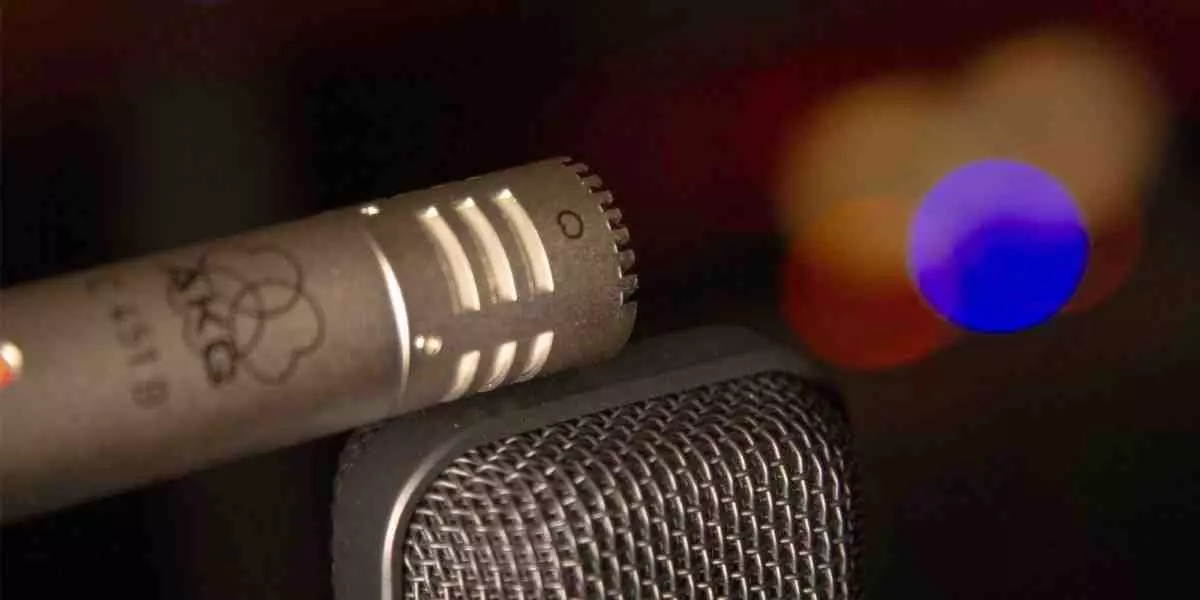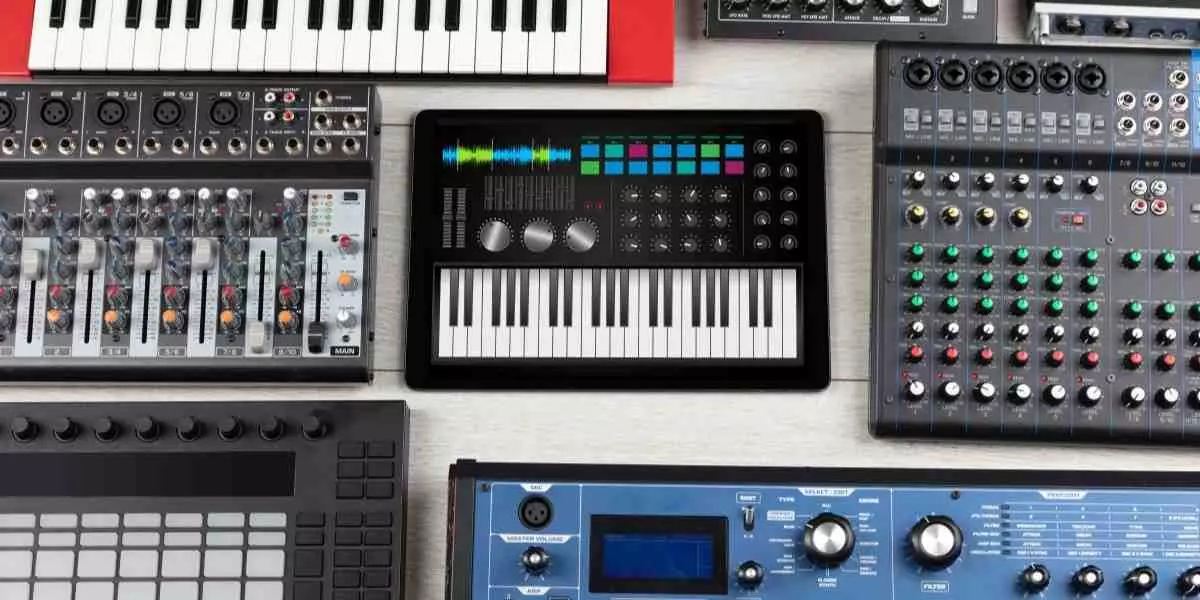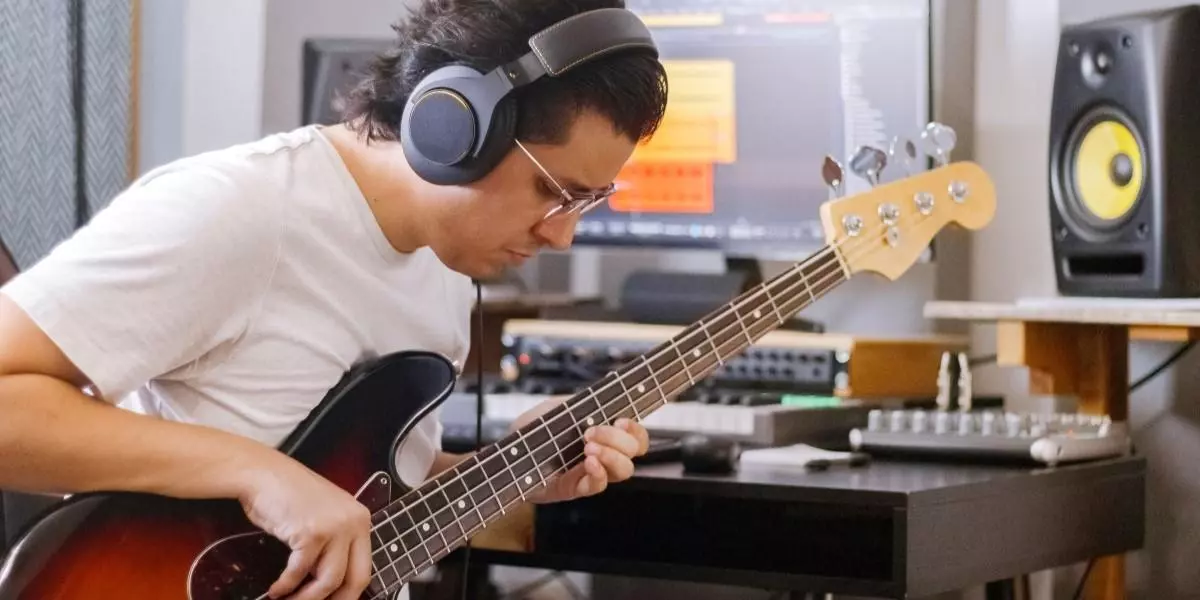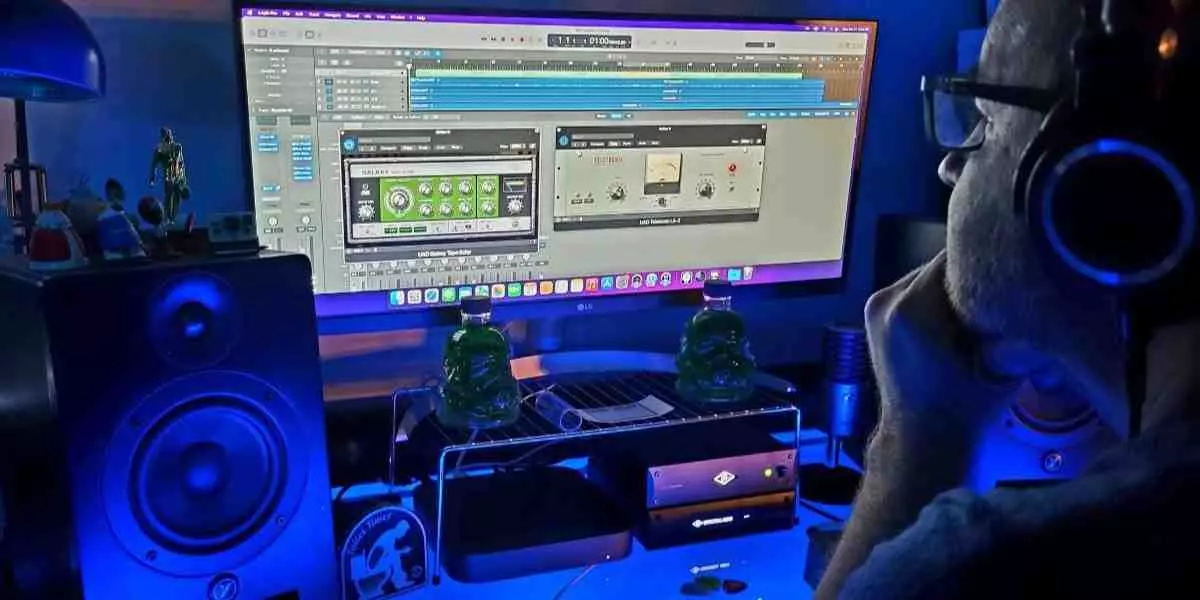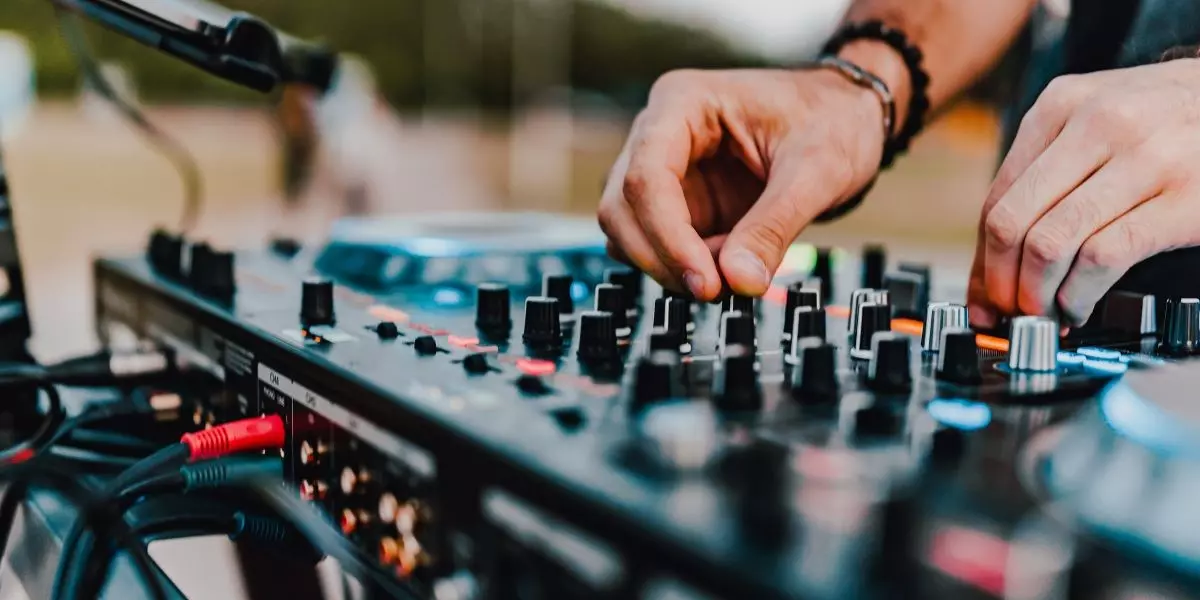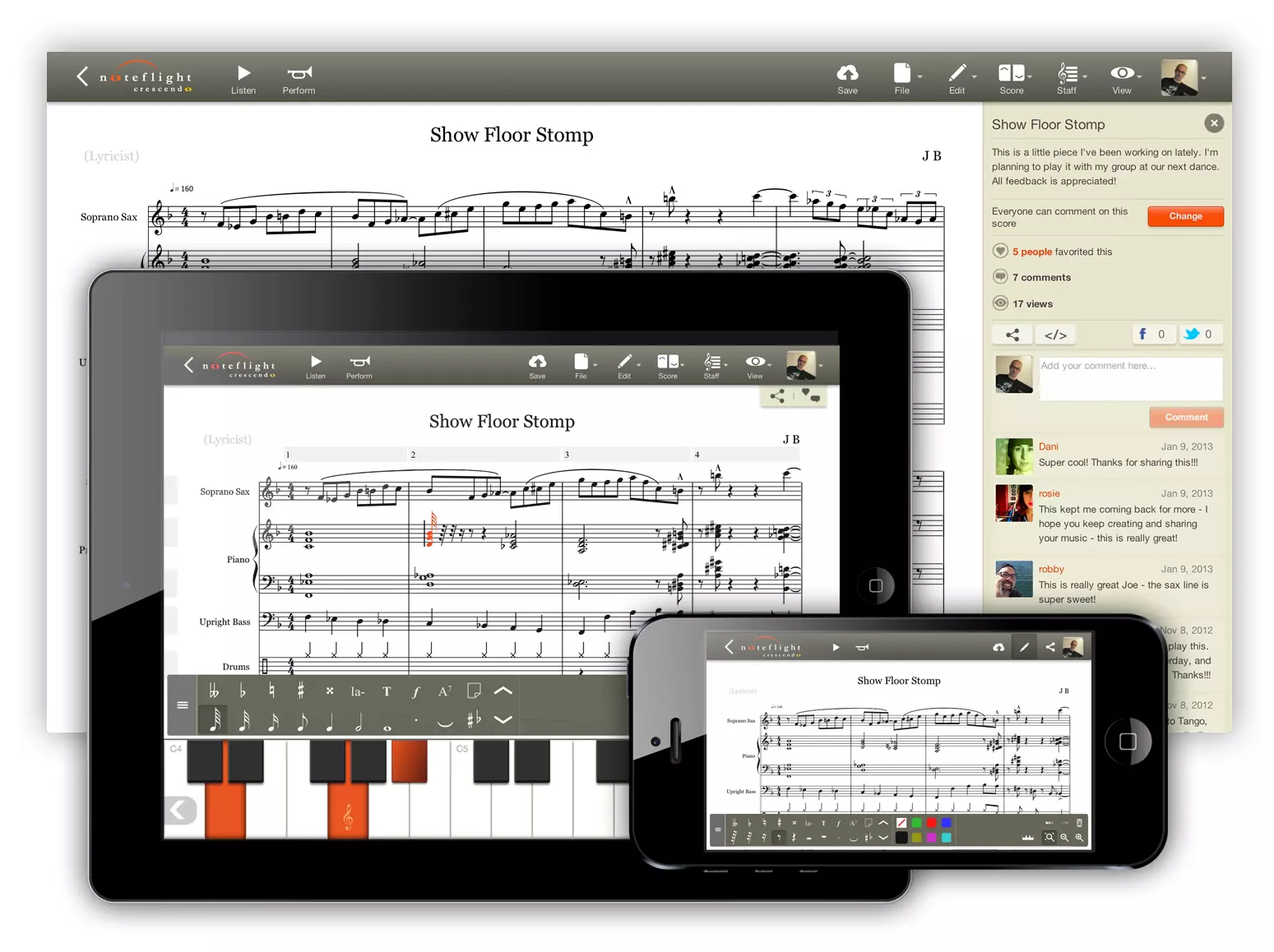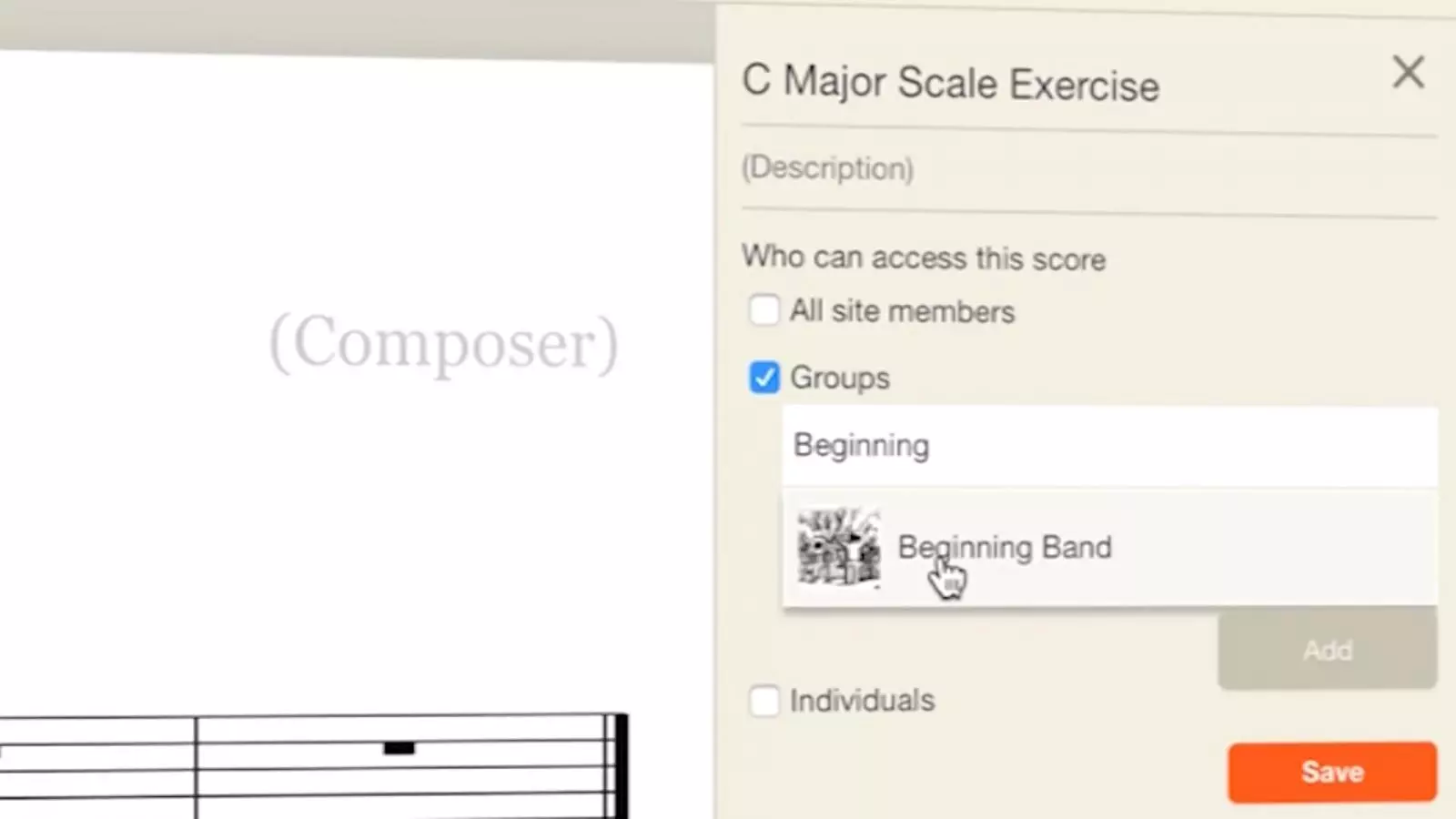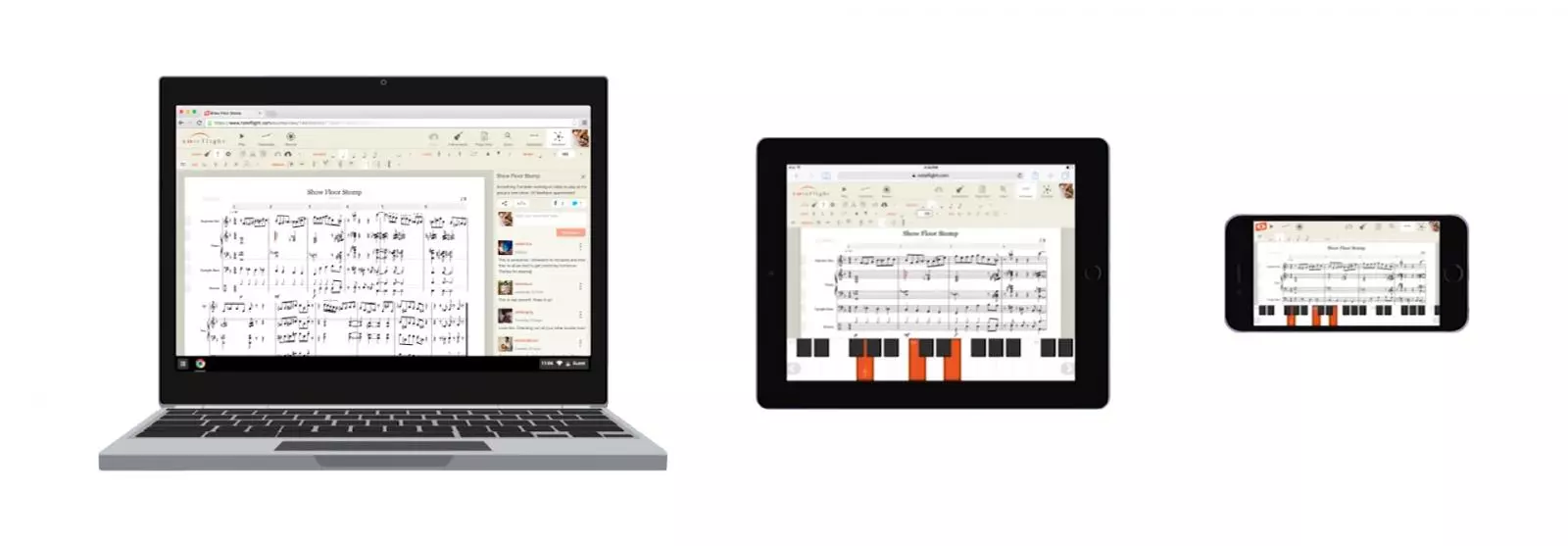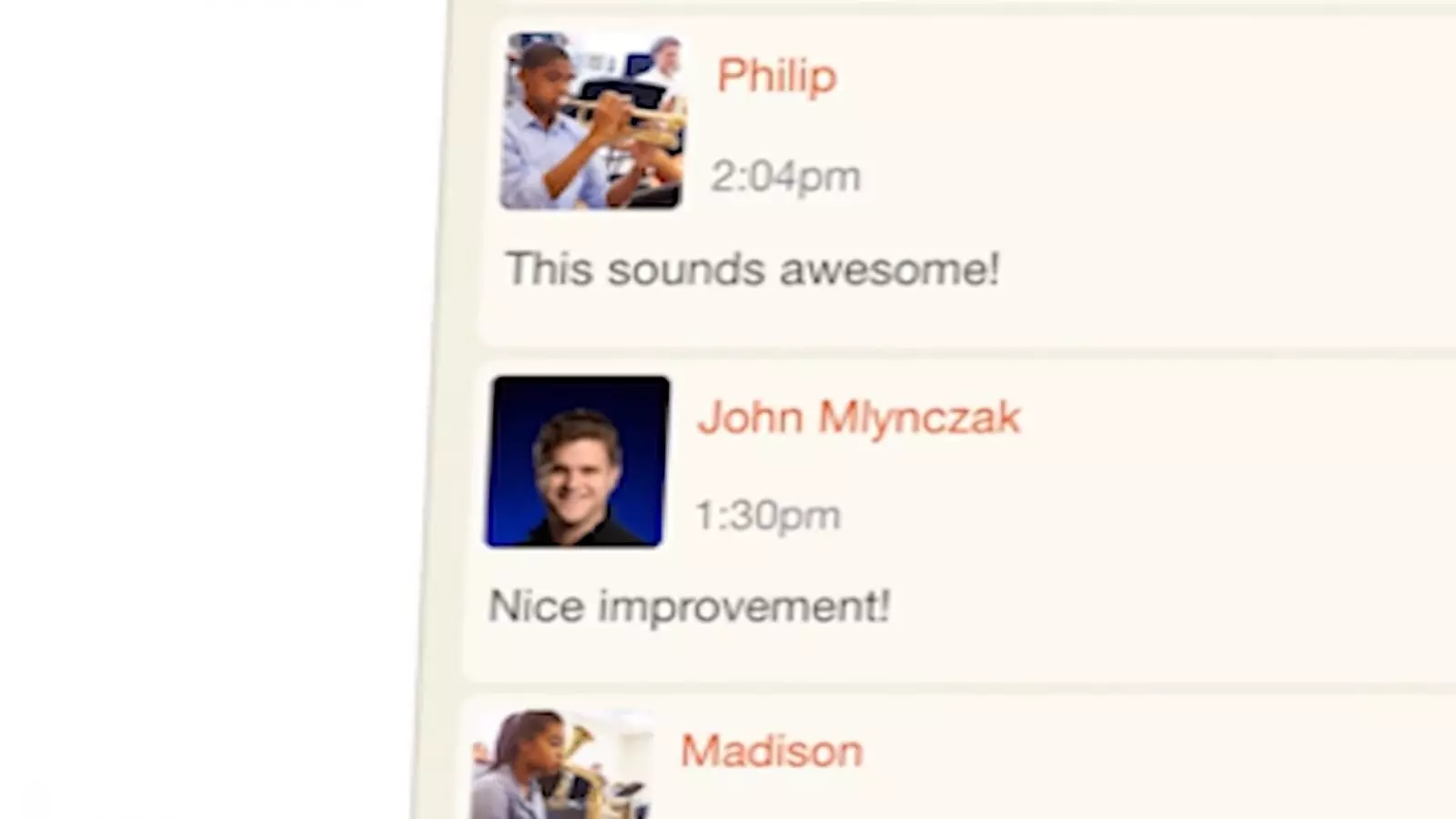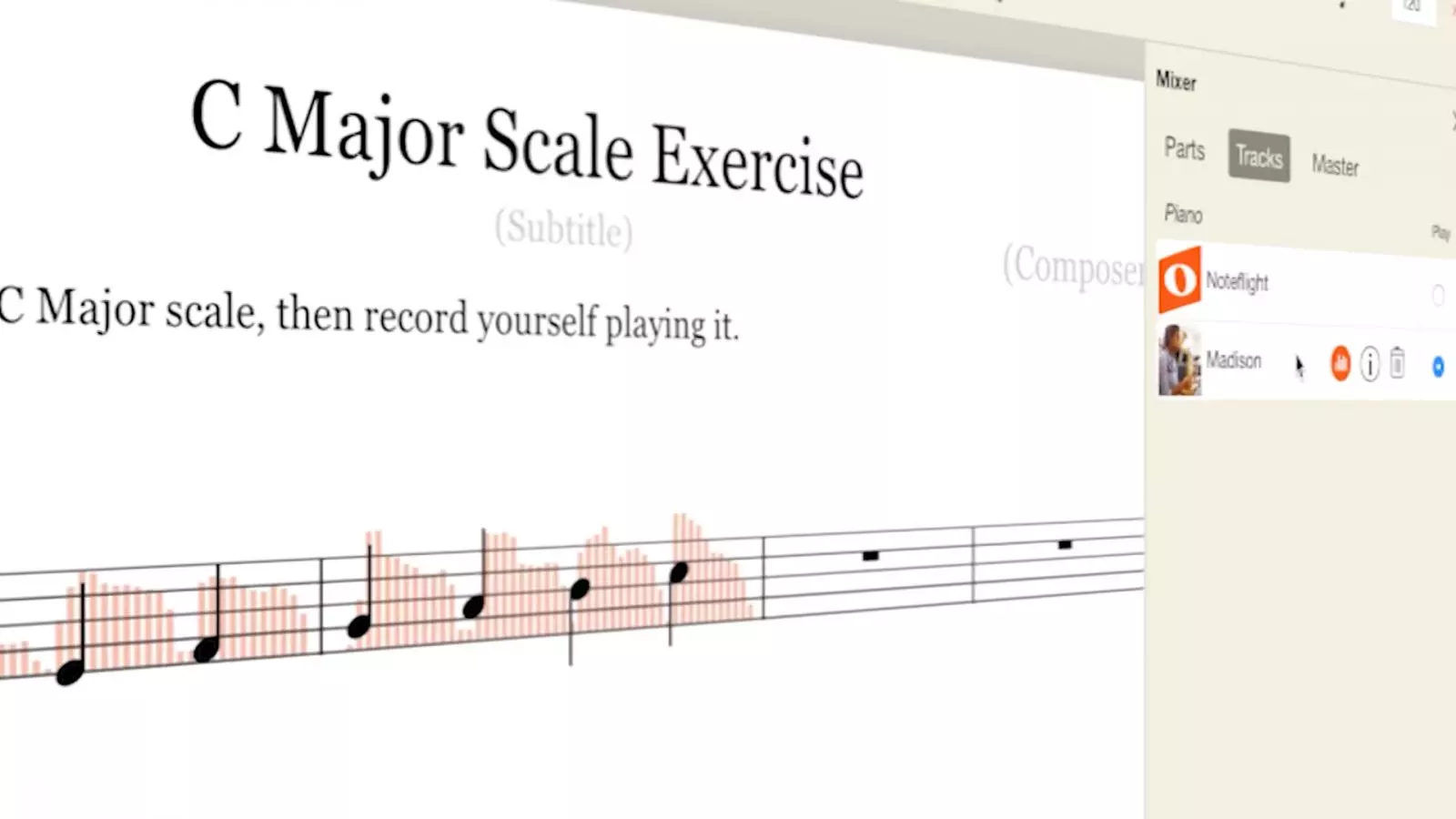Creatively Applying Robust Music Notation
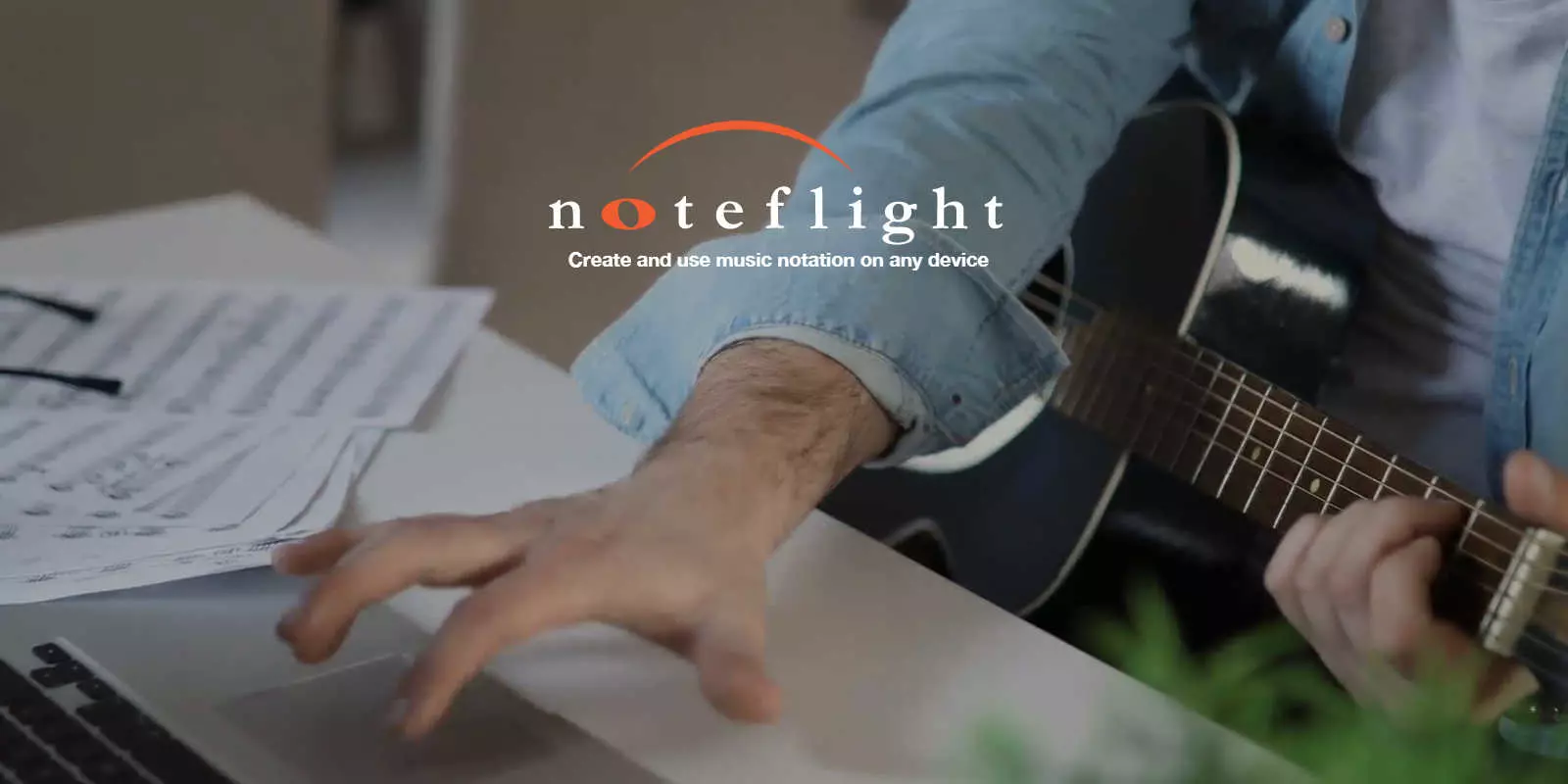
Students are growing up in the most connected world ever, where technology makes communication, collaboration, and creativity possible at all levels of music education. How do we integrate intriguing and engaging lessons into our programs in the world of ever-changing technological tools? One answer is Noteflight, the largest and most robust browser-based music notation community. No matter what device currently exists or will be created, the Internet will always be as ubiquitous to technology as notation is to learning music.
Noteflight, a Hal Leonard Company, launched the next wave of standards-based music education: Noteflight Learn a private website designed specifically for music education. This Cloud-based notation program stretches the playing field for incorporating technology to meet national standards in a variety of ways without the need of IT support. All users have Noteflight Premium features, including performance and assessment tools and can access their Noteflight account from any computer or device, including Chromebooks, iPads, Android tablets and smartphones.
The new National Core Arts Standards (NCAS) places emphasis on creating, performing, responding, and connecting to music. These voluntary standards look and extend beyond high school to connect music education to college, career and life with an emphasis on being artistically literate. An artistically literate person creates new music, performs music created by others, and responds to music as a listener. Life skills established are flexibility, initiative, productivity, creativity, critical thinking, problem solving and communication. All digital scores in Noteflight are interactive, customizable, and easily accessible, plus sharing and collaboration are built directly into every aspect of Noteflight Learn.
CREATING
Noteflight provides full editing capabilities and is accessible to students at any time, anywhere. Because students are not limited to a single-computer notation software, music creation projects don’t require class time to complete which can be hard to manage for music educators with already busy schedules and rehearsal time.
Students can compose and arrange music using their own account, accessible from any device with Internet. Teachers can assign composition and theory projects for students to complete outside of class, which increases their musical knowledge and performance skills. Whether for a class assignment, students gravitate to a music creation tool to express their musical ideas and creatively explore composing their own music.
Because Noteflight is simple and intuitive, students at all levels can readily compose music using customizable editing pallets. The iPad on-screen keyboard makes note entry efficient. All saved versions are archived, so students and teachers can always restore a previous version for accurate assessment.
PERFORMING
With the ability to display notation on any web-enabled device, Noteflight also serves as a music delivery and performance tool. Create or upload your scale sheets, original etudes, or custom exercises for students to access and perform. Noteflight Learn provides a custom URL for each school, so all scores are only accessible by students and teachers with logins to the site, so sharing is always private.
The key benefit to creating your library of music inside Noteflight is that the music exists as fully digital notation files, not as static PDFs. Any Noteflight score can be reformatted for any screen size, transposed, adapted, rearranged, and instantly played back with over 85 high-quality instruments. Digital music is both a performance and learning tool because students can listen to the playback and play along with other parts in a score. Students can even play all parts of a score by transposing and adapting lines to fit within their instrumental or voice range.
RESPONDING AND CONNECTING
The intent of creating music is to share and communicate with others, and this tool makes this easier than ever. Using Noteflight Learn, teachers and students can share scores by simply granting access to individuals or groups within the private school site. With a built-in commenting panel on every score, teachers and students in a school can interact and give feedback.
One key feature is the Activity Templates. Any score can be saved and as soon as a student opens the score it creates a unique duplicate score accessible only to that student and the teacher who created the file. For example, to complete a theory or composition assignment a student simply needs to open the score, complete the exercise, and then save it. Teachers can instantly see all Activity Template file copies in one list to quickly assess student work. Activity Templates streamline assignments and assessments, eliminating the need to ever download, email, save new copies, upload files, or provide feedback using another platform. All communication and feedback are saved in a dialogue right next to the musical score.
The new and interesting feature is browser-based recording. Users can audio record a performance along with the musical notation and have the audio track synced to the notation. Students can record their parts for assessment and listen back while viewing the notation. Teachers can record demonstration tracks so students can hear their notated music with real audio. All commenting, score collaboration features, and Activity Templates work along with recordings, so students will be able to create, edit, perform, record, and share their music on one platform.
LESSON PLANNING
Integrating music creation lessons into a music curriculum is essential for a well-rounded musical education and can be easily done with a little, careful planning. With Noteflight Learn, students can work on composition and theory assignments at school and at home. Here are a few ideas for integrating composition lessons.
- Start with short lessons. A composition lesson does not have to be a large, time-consuming project; instead, create simple 8-measure melodies. Get started right away with easy and consistent assignments.
- Build off of what you have. Using the music you are already playing in class, have students write alternative melodies, counter melodies, re-harmonize current melodies, rearrange sections for small ensembles, or experiment with various keys and modes.
- Focus on a skill. Start by breaking down composition into elements and use assignments that just work on melodic shape, harmony, counter melody, or orchestration. You can gradually build up to larger composition assignments that include a combination of these elements.
- Create, Perform, Respond, and Connect in every lesson. Have students share their music, provide feedback, perform their pieces, and connect their ideas to the outside world in every lesson, no matter how big and small. It is important to include the whole process from creation to connection starting at the very first lesson.
- Build confidence. Remember that a student composition represents a creative idea which they are sharing with others, so always be sensitive to feedback and continuously build confidence.
Here is an example of a lesson plan that covers all four National Core Arts Standards (NCAS) artistic processes of Creating, Performing, Responding, and Connecting, and is a simple concept that can be implemented parallel to ensemble learning.
Lesson Title: “What are you composed of?”
Objective: Students will collaborate on composing and performing an 8-measure melody.
Procedure:
- Students will pair up in groups of different instruments or voices and interview each other using a given performer interview questionnaire; in or outside class.
- Each student will compose an 8-measure melody for their partner based on their interests identified in the interview.
- Students will make a recording of each other’s compositions
- Each pair will discuss the compositional elements in their pieces and how their performances reflected these elements.
- Each pair will share the composition and recording with the class.
CONCLUSION
With music technology now fully accessible from the Cloud, the flipped classroom can be confidently applied to any music rehearsal. Using the National Core Arts Standards (NCAS), Noteflight Learn provides a platform where every student and teacher can create music, perform and record music, and provide feedback, all in a private collaborative environment that is accessible on any device. Noteflight offers a free, 60-day demo of Noteflight Learn for 50 users. Sign up today at www.noteflight.com/learn.
* * *
John Kuzmich, Jr. Ph.D. is a veteran music educator, jazz educator and music technologist who has taught on five continents, won five Gold Medals as a band director at the World Music Contest in Kerkrade, Netherlands and has established himself as an exemplary music education by having 800+ articles published in national music educator journals with a successful career. His music talents are wide-spread as an accomplished conductor, performer, clinician, author, technologist and educator which help to make him a very creative music studio teacher regardless of the level of the student.

